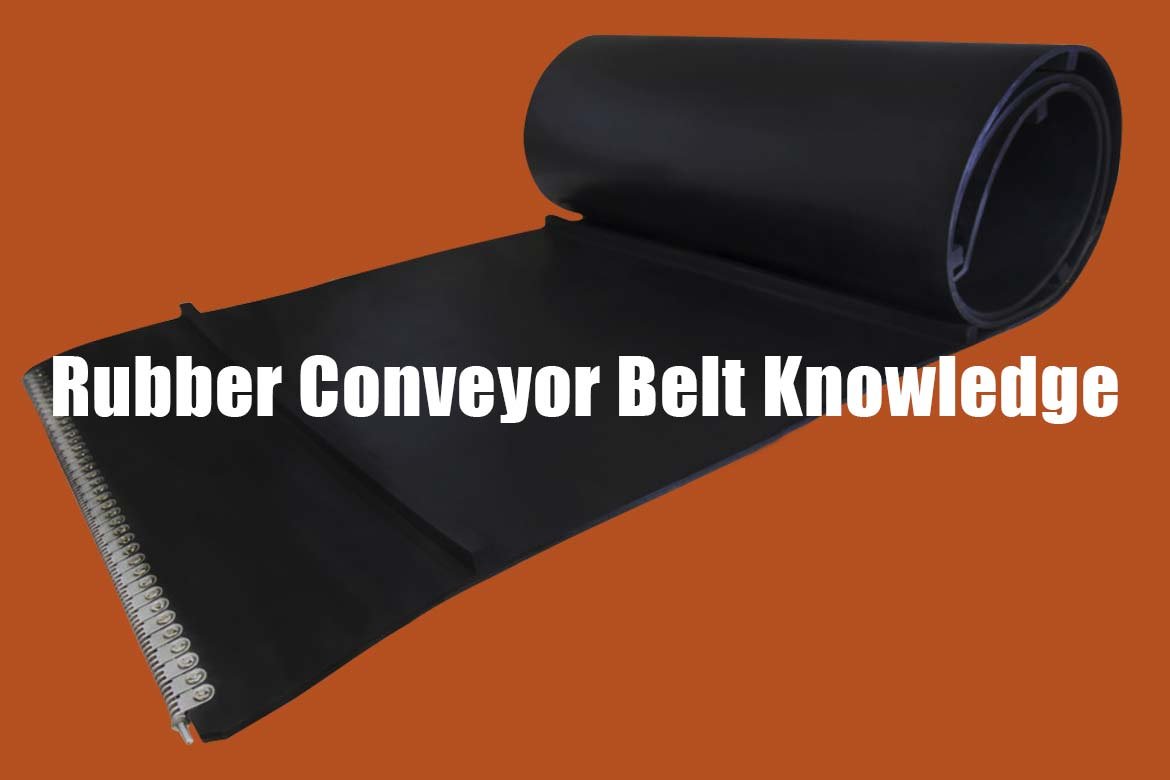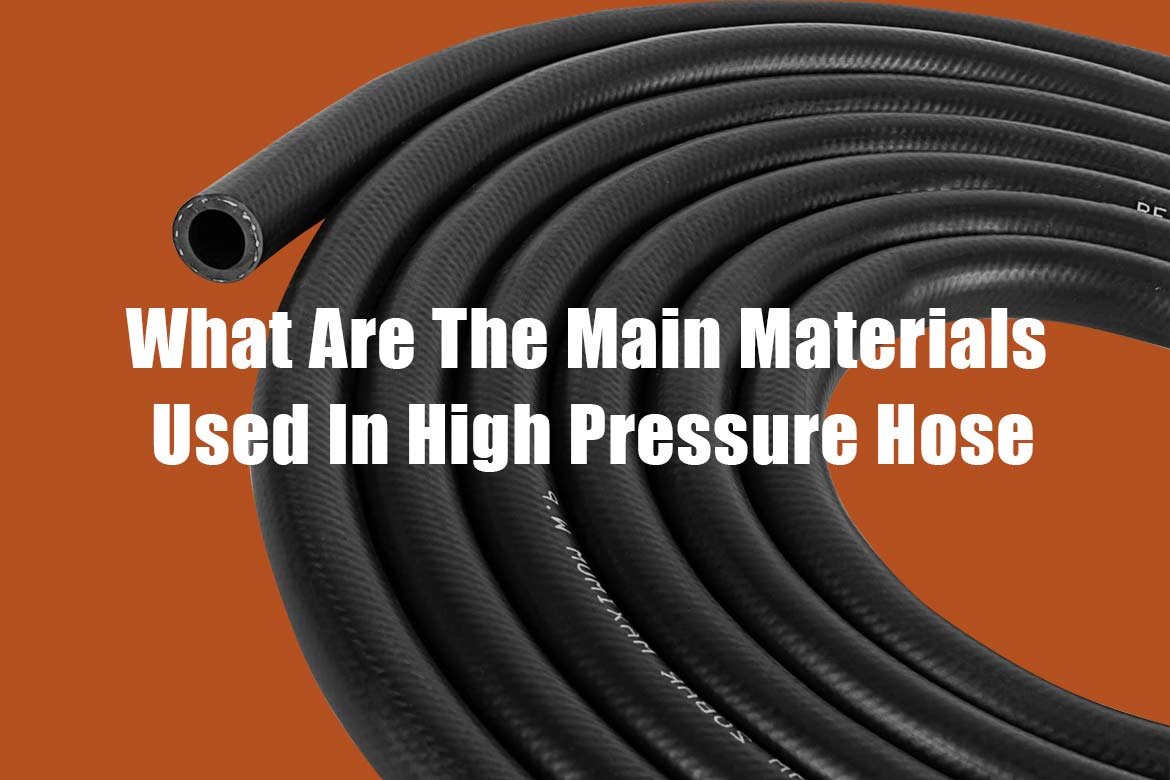Existe una amplia variedad de sellos de goma Los materiales que se utilizan para diversos sellos dependen de sus características. Los materiales de sellado del mercado de sellos de cilindros hidráulicos se utilizan en el material de sellado generalmente resina sintética y caucho sintético, los materiales de sellado comúnmente utilizados son politetrafluoroetileno (PTFE), poliuretano (PU), caucho (NBR), caucho de silicona (VMQ) y fluoroelastómeros (FKM), etc., son características de sellado del material es muy bueno para dar pleno juego a las características de las ventajas de los siguientes presentamos brevemente este tipo de materiales de sellado.
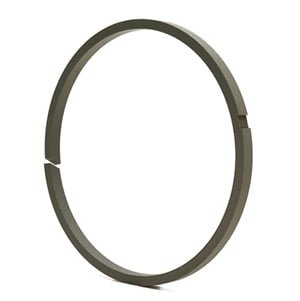
Características principales: buena estabilidad química, resistencia al calor, resistencia al frío, resistencia al aceite, agua, gas, productos químicos y otros medios, alta resistencia mecánica, resistencia a la alta presión y buena resistencia a la abrasión. Coeficiente de fricción muy bajo, buena autolubricación.
En términos generales, el PTFE relleno es más adecuado para su uso como material de sellado hidráulico que el PTFE puro. Los rellenos más utilizados son polvo de bronce, fibra de vidrio, fibra de carbono, etc.; estos rellenos pueden reducir el coeficiente de expansión térmica, mejorar la conductividad térmica, aumentar la resistencia al desgaste y mejorar el rendimiento mecánico. El PTFE en sí no es elástico, por lo que a menudo se utiliza junto con elastómeros de caucho.
Temperatura de trabajo: -30℃~+ 200℃ (según la temperatura de trabajo para seleccionar la junta tórica del material apropiado)
Usos principales: para la fabricación de anillos de sellado, anillos resistentes al desgaste y anillos guía (correas) para los materiales de sellado más comúnmente utilizados en maquinaria, ampliamente utilizados en maquinaria de ingeniería, maquinaria ligera y casi todas las industrias.

Características principales: excelentes propiedades mecánicas, pequeña deformación por compresión, alta resistencia a la tracción y a la compresión, buena resistencia al desgaste.
Temperatura de trabajo: -30℃~+ 100℃
Usos principales: sellos alternativos en el sistema hidráulico, como el anillo Y y el anillo U.
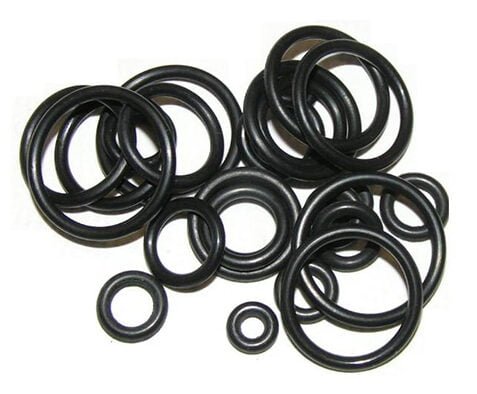
Características principales: buena resistencia al aceite, compatible con la mayoría de los aceites y grasas a base de minerales, pero no aplicable a las series de ésteres de fosfato de aceites hidráulicos y aceites para engranajes que contienen aditivos polares.
Temperatura de trabajo: -40℃~+ 120℃.
Usos principales: se utiliza en la fabricación de juntas tóricas, sellos de aceite, etc., aplicables a aceite hidráulico en general.

Características principales: resistente al calor, a los ácidos, a los álcalis y a otros productos químicos, resistente al aceite (incluidos los lubricantes de la serie de ésteres de fosfato), casi todos los fluidos hidráulicos de base mineral y sintética, pero en el caso de vapor, agua caliente u ocasiones de baja temperatura, existen ciertas limitaciones, es decir, su rendimiento a baja temperatura es limitado.
Temperatura de trabajo: -20℃~+ 200℃.
Medio de trabajo: aplicable a todos los lubricantes y fluidos hidráulicos.
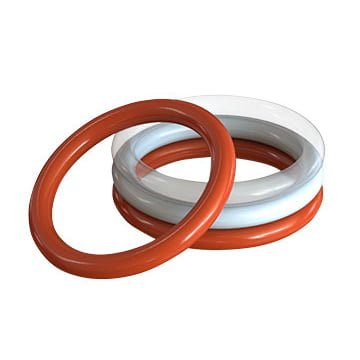
Características principales: buena resistencia al calor y al frío, pequeña deformación permanente por compresión, pero baja resistencia mecánica, solo para sellado estático.
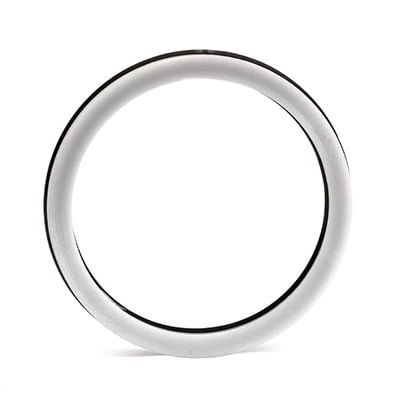
Características principales: resistencia al aceite, buena resistencia a la abrasión, alta resistencia a la compresión, resistencia al impacto, pero poca estabilidad dimensional.
Temperatura de funcionamiento: -40 ℃ ~ + 120 ℃
Usos principales: se utiliza en la fabricación de anillos guía, bujes guía, anillos de soporte, anillos de presión, anillos de retención, etc.
Los materiales que se mencionan arriba son varios de los más comunes para los sellos hidráulicos. Si tiene alguna pregunta o consulta, comuníquese con nosotros. Chris Zhou (zhou@sterubb.com)



